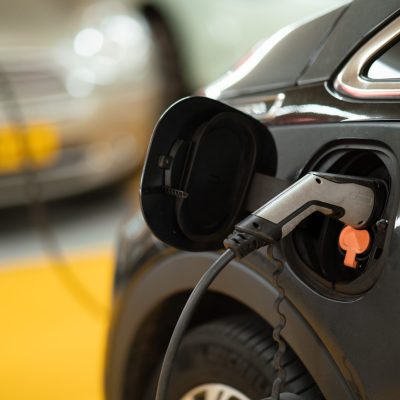Mobility issues have not become simpler in recent years. Combine crowded roads (infrastructure) with developing work structures (working from home, digitization of the workplace), sky-high fuel prices, a pressured market for new cars, charging station coverage and ambitious climate goals and you understand the puzzle.
The call for accelerated development of possibilities within the mobility of the future is therefore often heard. But where should we go together and… do we all want that?
Working from home makes a company car obsolete?
It is not the first time that ‘the company car’ has been examined. And now that fuel prices are high and we have seen an accelerated adoption in flexible working due to COVID, that point of discussion is at the forefront. Is such a private car necessary? Can’t we share cars smarter? More frequent alternative travel (public transport or bicycle)?
How logical it all may sound; a multitude of today’s business drivers are seriously attached to their company car. Not only because of the convenience and flexibility to go and come to your own liking, but also because it is still a serious factor as a status symbol.
For the commuter who drives on the basis of a kilometer allowance, there are certainly developments going on that are mainly being pushed by the high fuel price. Public transport or cycling, where possible, shows an increase in that group more often. But leaving the car for work is still a long way from bed. Even if the work is less than 10 kilometers away.
What is needed then; Isn’t ‘new’ mobility inevitable?
It is really not the case that business drivers are massively rusted in/at their car. The awareness of alternatives from a climate perspective on the one hand and the cost price on the other is certainly there and growing. However, the appeal of alternatives is often lacking and is not additionally stimulated by employees. While THAT can make the difference, research by Kantar and Anders Reizen, for example, shows. The willingness to travel differently has developed positively in recent years, but employees like to be stimulated AND rewarded.
A higher travel allowance or a different type of reward system, for example, when you make greener choices. For example, there are organizations where a bicycle kilometer traveled yields more than the reimbursement for the car.
Make it simple
Another starting point is to simplify the choice for alternatives or a combination of them. Many employees find all kinds of regulations concerning the bicycle complex and time-consuming. Making a combination (for example the electric car together with another, or partly bicycle, partly car) is also complicated, which means that many people do not even want to start.
Although it can be argued that people themselves bear a responsibility (towards the world, their environment, etc.), the prevailing feeling is that a degree of responsibility lies with the employer for commuting. There is therefore a great opportunity to encourage other choices!

